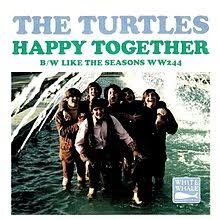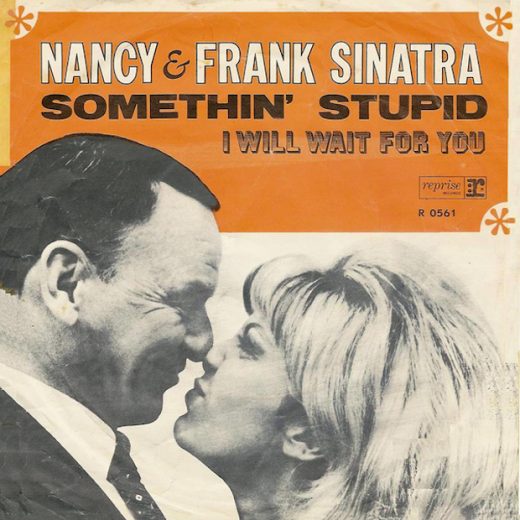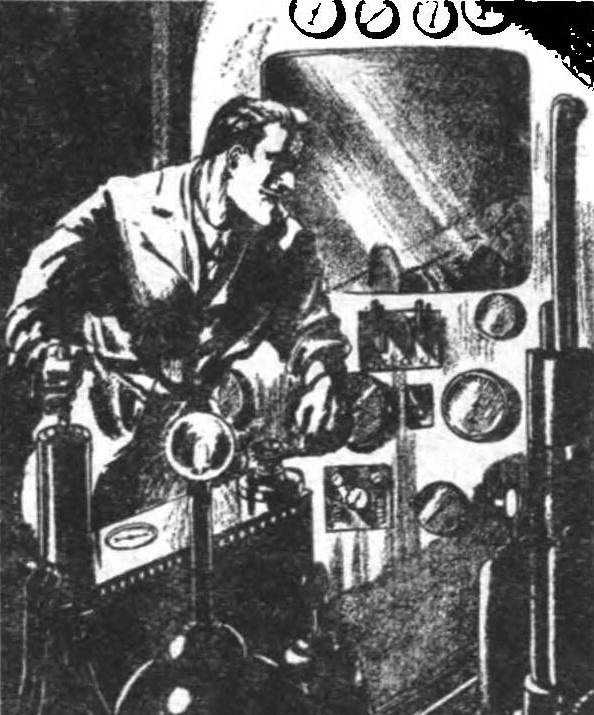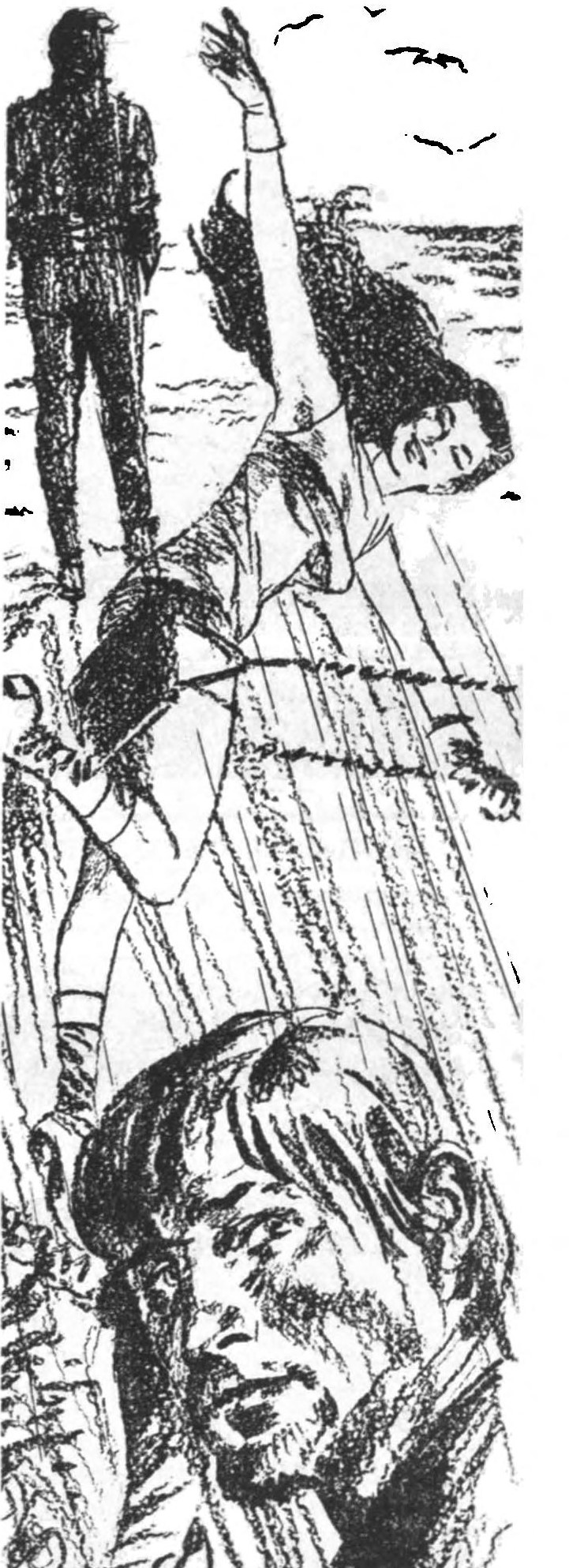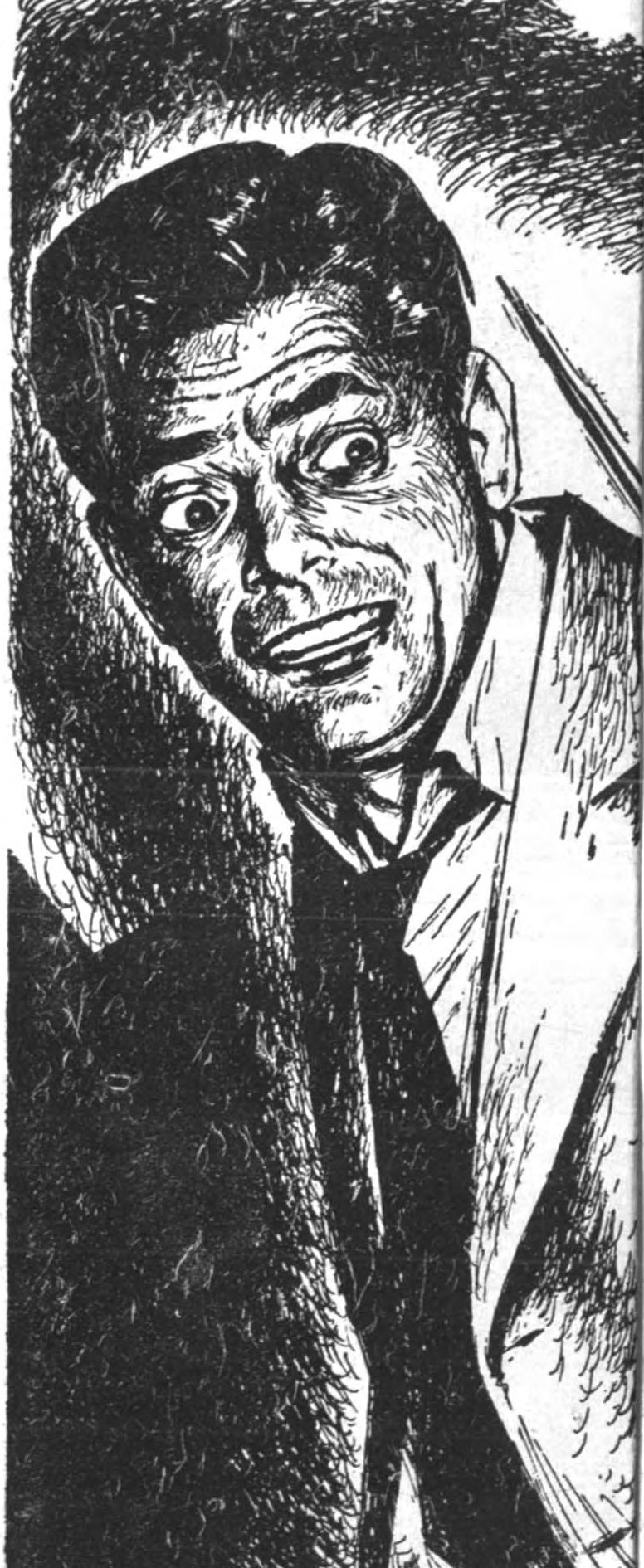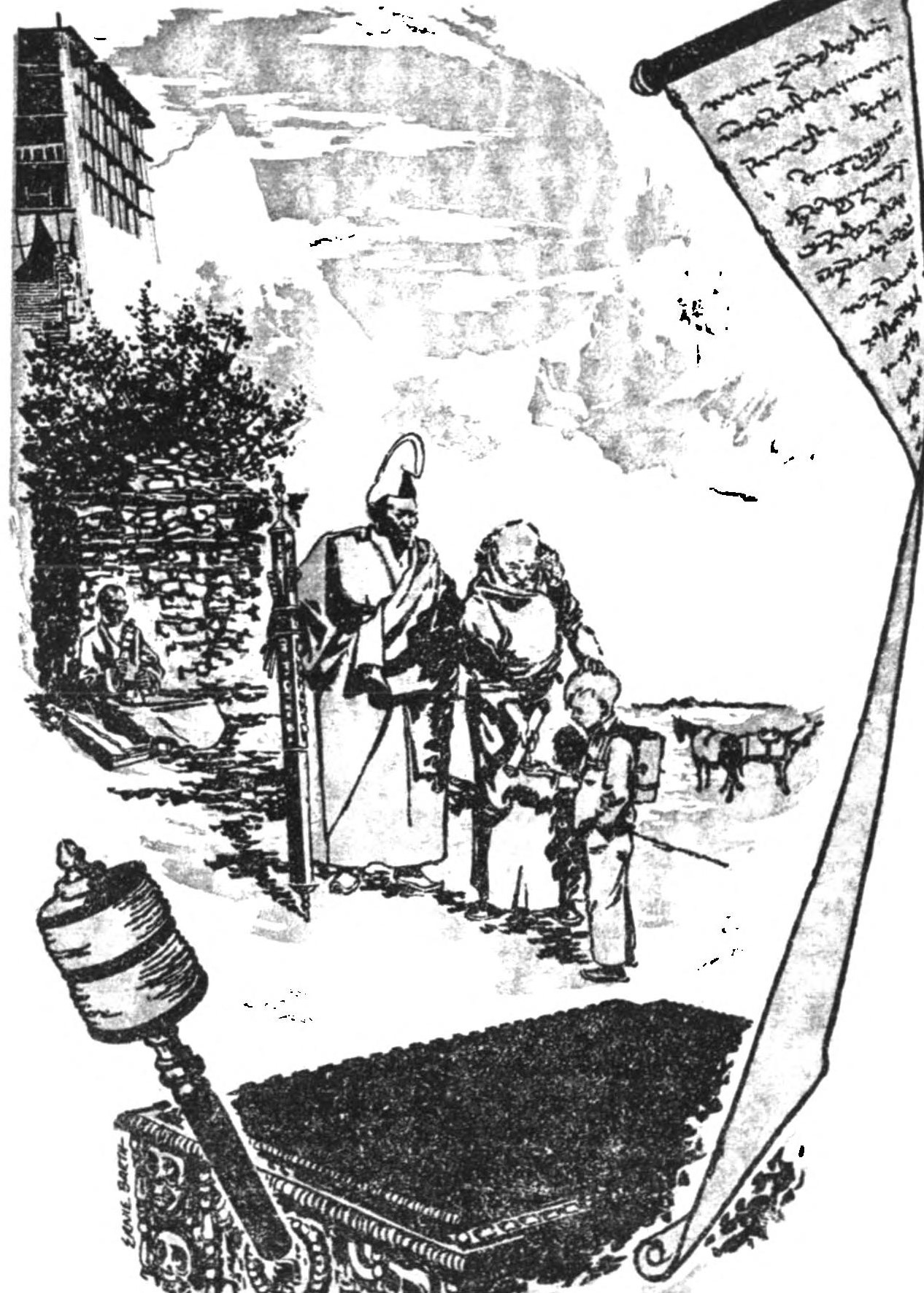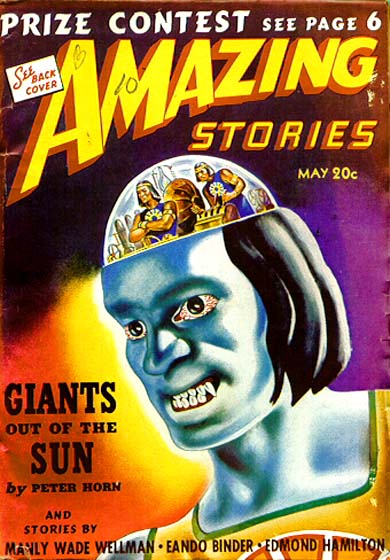
by Gideon Marcus
The deuce, you say!
The other day, a BNF opined that I was kind of a sourpuss, not really liking anything I reviewed. Moreover, he contended that my perspective is irretrievably tainted, and that I cannot appreciate fiction of the '60s with an objective eye. Indeed, sometimes it seems like I don't like '60s science fiction much at all.
Well, he's right.
Sort of. The thing is, I sometimes don't like the science fiction of the '60s…at least, not as consistently as I enjoyed the science fiction of the 1950s.
Perhaps it is a subjective thing. After all, what can contend with the thrill I felt opening up my first issue of Galaxy (way back in Fall 1950!) and being bowled over by this new magazine's quality. I had dabbled in SF before, but the age of the digest, what I like to term “The Silver Age” (if Campbell's Astounding heyday was “The Golden Age”) really sold the genre to me.
What a rush that first half decade was. The efflorescence of magazines (at one point, there were forty SFF periodicals in print), the wide range of subjects. Sure, there was a lot of crap. After all, 90% of everything is crap. But there was so much science fiction in the mags that if you stuck to the cream, you could be assured of month after month of nothing but quality readings.
And there were women. After a swell in feminine participation in the 'zines of the late '40s and early '50s, there was a subsequent surge in women writing in the mid '50s—most notably in The Magazine of Fantasy and Science Fiction, but lots of other mags, too. SF has never been so eclectic.
What have we got these days? Well, the paperback is putting paid to the mags, which means (as Spinrad noted recently) short form is drying up. Paperback anthologies might remedy that situation someday, but they haven't yet.
As for the magazines, there are just six English-language ones left, two of them mostly reprints and one, Galaxy, a bimonthly since 1959. You'd think with so many fewer slots for stories, the fiction would be better. That turns out not to be the case. I think the really good writers are saving their typing fingers for the sure bucks—the novels and the screenplays. Or, at least their good stuff.
Case in point: this month's Galaxy. It's got some big names, but is this the best they can offer what was once scientifiction's premier magazine?
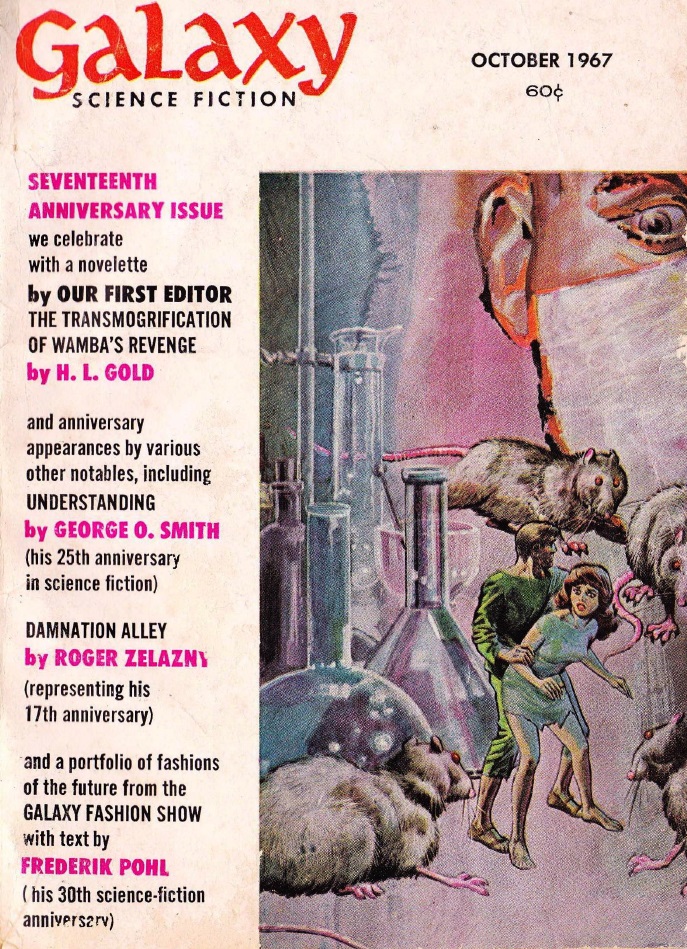
by Gray Morrow, illustrating Transmogrification
A long slog
Damnation Alley, Roger Zelazny
About half of the mag is taken up with Zelazny's novella, Damnation Alley, about a trip across war-savaged America sometime in the near future. Hell Tanner is a hellraiser, a criminal, a motorcycle enthusiast…and the best driver in the Western Hemisphere. On the way to the Big House, he's offered a deal: take a vital shipment of drugs across the country from San Diego to Boston in an armored car; in return, he gets a full pardon.
Hell takes the deal, leading a three-car convoy into “damnation alley”, a scenic tour of blighted USA. We're treated to violent storms that drop frogs and sharks from hundreds of miles away, giant mutant Gila lizards, radiated hellscapes, bandits, marauding biker gangs, and the occasional stretch of considerate humanity. Now that I write this, it occurs to me it might make a pretty movie, at least of the B Class.

by Jack Gaughan
But B Class is all it would be. Zelazny has written some of this field's best work recently, garnering well-deserved Hugo nominations and wins. But Alley is lesser Zelazny, a mildly engaging but prosaic trip across a wild world. Several times, I found my eyes unfocusing and a voice in the back of my mind muttering, “Why do I care?” The story doesn't say anything, feature anyone particularly interesting, nor really justify the Roger Corman monstrosities Tanner encounters. What's left is competent writing. It's not enough.
Three stars.
Poulfinch's Mythology, Poul Anderson
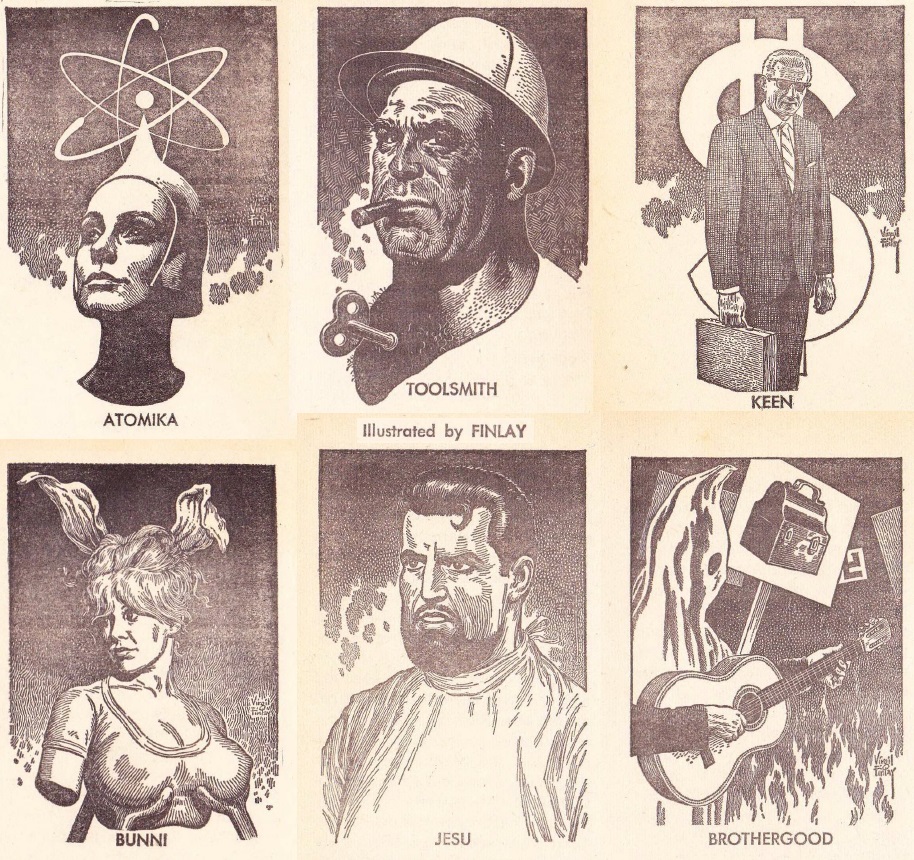
by Virgil Finlay
I always enjoy the conceit of aliens or far-future anthropologists examining current culture (and often coming to ridiculous conclusions). One of my favorite examples was Horace Coon's 43,000 AD, where three alien archaeologists try to make sense of pre-nuclear America.
Poul Anderson, aided by the exquisite Virgil Finlay, has taken another stab at things, reducing the principal values of mid-century United States (at least as Anderson sees them) to a pantheon of idealized beings.
Some of the entries are funny, but I feel Anderson is going beyond satire to sell his own spin on America, one I'm not entirely on board with. In particular, I can't agree with his unalloyed exaltation of “Keen”, God of Money, nor his lumping of the Klan with civil rights marchers in the form of “Brothergood” (whom he asserts “raped” Lady Liberty repeatedly).
Two or three stars, depending on your tastes.
For Your Information: The Worst of All Comets, Willy Ley

Ley's science article, on comets, is serviceable. It's been a long time since his column has been the highlight of the magazine, though, as it was in the earlier part of the 1950s.
Three stars.
The Transmogrification of Wamba's Revenge, H. L. Gold

by Gray Morrow
How's this for a throwback? H.L. Gold was Galaxy's first editor, helming the magazine through its first, most glorious decade. But he started as a writer, and now he's back with this strange novelette. Told from the viewpoint of an African “Pigmy” princess, it involves a western scientist, his treacherous wife, and an unscrupulous big game hunter. When the hunter and wife start an amorous liaison, Princess Wamba mickeys them with a shrinking potion, reducing them to one tenth their normal size.
The scientist sees Nobel Prize written all over this development, and he undertakes a study of the Pigmy invention, which shrinks all animals except for Pigmies themselves. Mildly droll high jinks ensue, followed by a surprisingly happy ending.
Very slight stuff, probably better suited for F&SF, but I appreciated the heroine and the sentiment, if not the science.
Three stars.
Understanding, George O. Smith
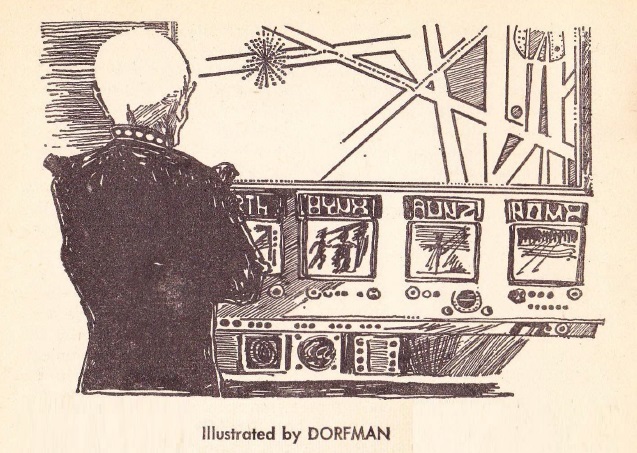
by R. Dorfman
Every so often, a story comes along with nothing overtly wrong with it, yet with such a profound soporific effect that multiple sessions are required. Such is the case with this novelette, about an adolescent trapped in an alien city, being herded by the city government toward an unknown destination for an unknown purpose. Only the appearance of an intelligent, talking dog named Beauregarde may prove an unanticipated wrinkle in their plans.
It's forty pages, and it induced four naps. 'Nuph said. Two stars.
A Galaxy of Fashion, Frederik Pohl and Carol Pohl
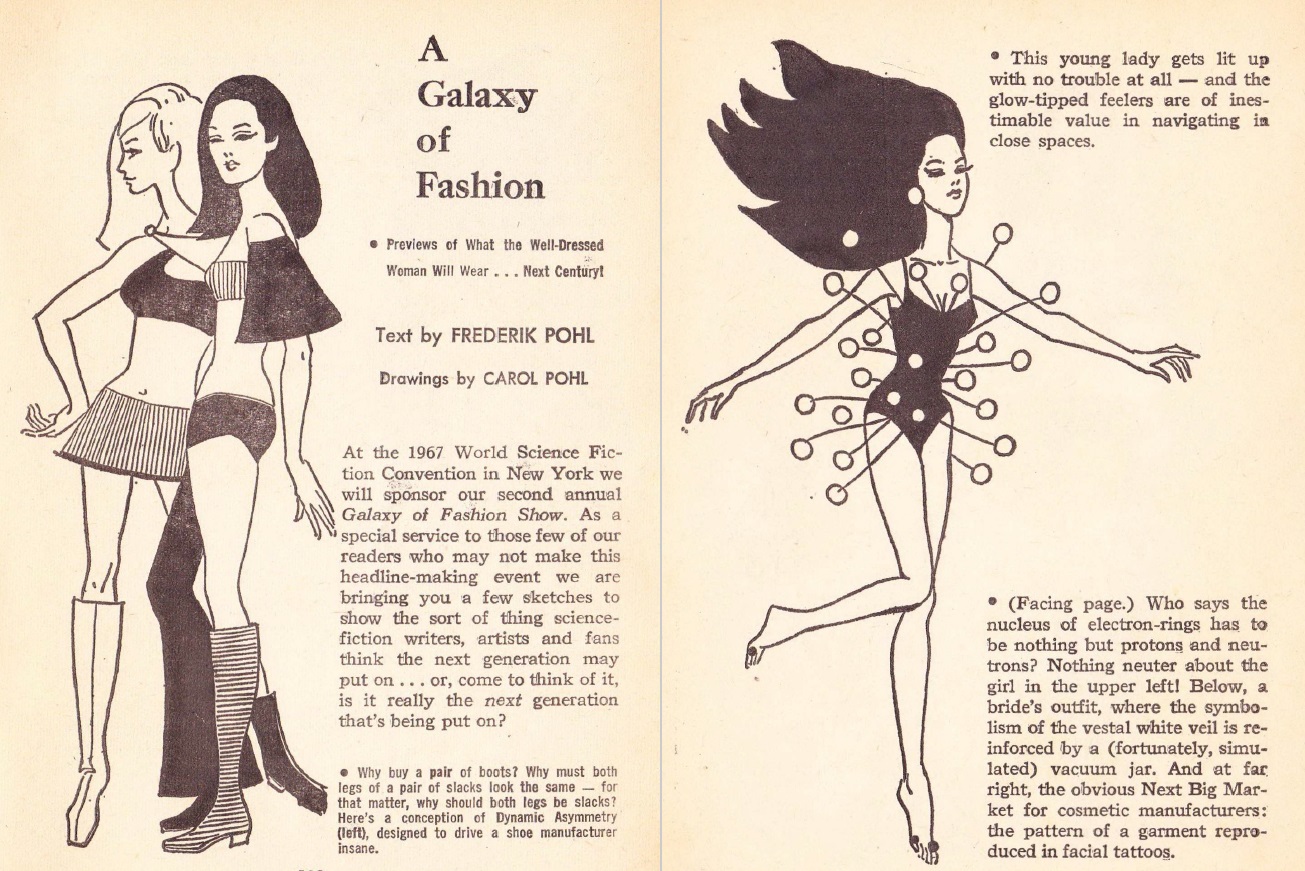
Those who went to Nycon 3 or last year's Tricon were treated to Carol Pohl's “Galaxy of Fashion” at the annual costume ball. For those who couldn't attend, here's an accompanying set of illustrations. It's hard to imagine these styles catching on or being at all practical, but who knows? Maybe mismatched pantleg length will be all the rage in a century.
Galaxy Bookshelf, Algis Budrys
Capping out the issue, the always literate Algis talks about the New Wave. He notes that there is plenty good stuff coming out now, and it's not your grandpa's (or at least your father's) science fiction. In particular, he praises the quartet of Aldiss, Ballard, Zelazny, and Delany. He describes Aldiss as “the least talented” and Ballard “the least intelligent”, saving most of his praise for Delany, who he calls “less disciplined than Ellison”.
I suppose that's the price we pay, right? The old scene is dead, and what's left is folks either picking its bones or forging something completely new. The new stuff isn't always a success (I have no real use for Ballard), but it often is. I guess the real problem is there just isn't enough being produced right now. In the old days, you could skip the dross and still have plenty to read all the time. Nowadays, there's only enough to read including the dross.
Which is why my articles haven't been quite so glowing lately. Sorry about that. It'd help if other people didn't always get the Delany stories…
But I still love what I do, and I still often love what I read. Really. Certainly, our Galactic Stars, our annual list of the year's best SF, are a testament to that. Also, women seem to be coming back, to the benefit of our genre. And if we leave the printed word, well, I've been unreserved in my adoration for Star Trek, what Campbell calls “the first adult science fiction show on television.”
So, my dear BNF friend, please understand that if I sometimes appear grumpy or overly critical of this genre we both love, it's because I have to sift through the kaka to get to the rose. And hey, it's not just me: Ted White, Joanna Russ, Algis Budrys, Judy Merril…they all have their grumpy days too, for the same reason.
Nevertheless, of course I still find gems, and I'm always delighted when I do. And if you want more cheerful news that'll bring more folks to our field, well, tune in to the Galactic Stars. I guarantee that slew of greatness will be a tonic for any doldrums!
Speaking of Star Trek, the new season starts TOMORROW! Hope you'll join us, tiger…
Here's the invitation!

![[September 14, 1967] Stuck in the Past (October 1967 <i>Galaxy</i>)](https://galacticjourney.org/wp-content/uploads/2022/09/670910cover-672x372.jpg)


![[September 2, 1967] Of Genies and Bottles (October 1967 <i>IF</i>)](https://galacticjourney.org/wp-content/uploads/2022/08/IF-Cover-1967-10-672x372.jpg)

 William C. Foster, the chief American representative to the Eighteen Nation Committee on Disarmament.
William C. Foster, the chief American representative to the Eighteen Nation Committee on Disarmament. The art is intriguing, but none of this happens in Hal Clement’s new novel. Art by Castellon
The art is intriguing, but none of this happens in Hal Clement’s new novel. Art by Castellon![[August 2, 1967] The Bounds of Good Taste (September 1967 <i>IF</i>)](https://galacticjourney.org/wp-content/uploads/2022/07/IF-Cover-1967-09-672x372.jpg)
 President de Gaulle with foot firmly in mouth.
President de Gaulle with foot firmly in mouth. This alien dude ranch has become a popular honeymoon spot. Art by Gray Morrow
This alien dude ranch has become a popular honeymoon spot. Art by Gray Morrow![[July 24, 1967] Not Feelin’ Groovy (<i>Famous Science Fiction</i> #1-3)](https://galacticjourney.org/wp-content/uploads/2022/07/Famous-Cover-Image.jpg)


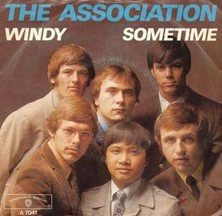

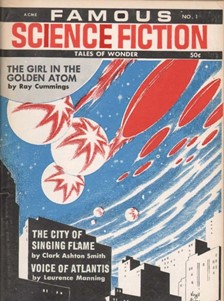
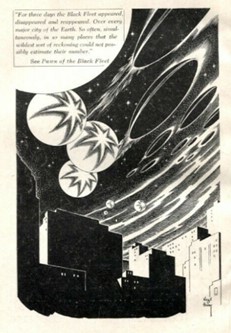
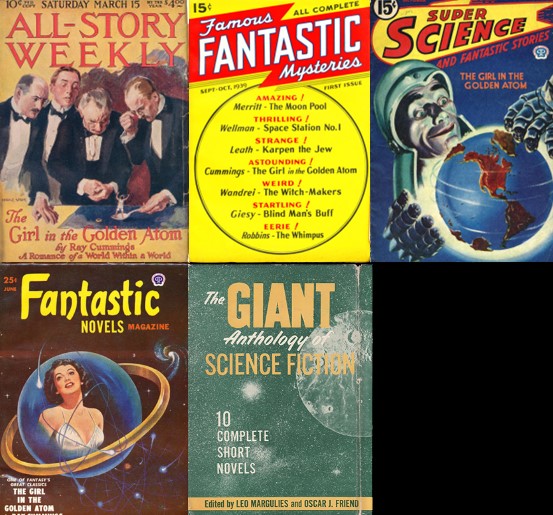
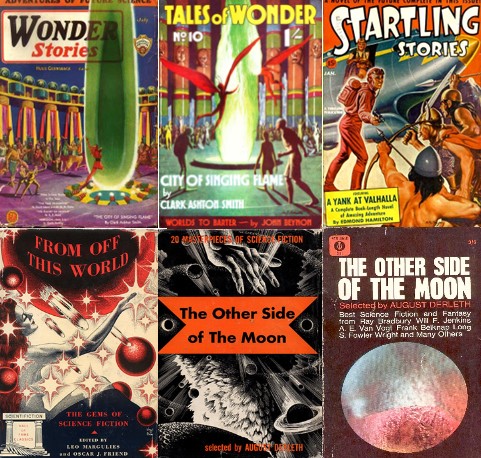
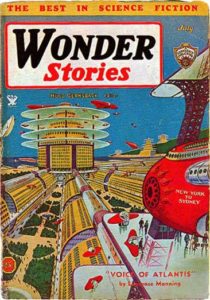
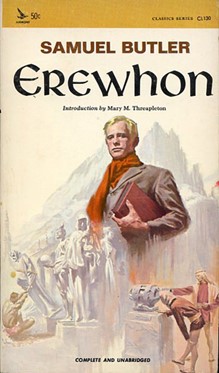
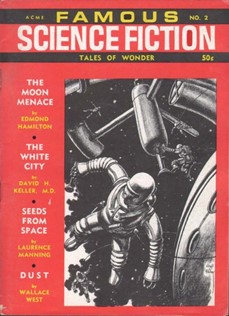
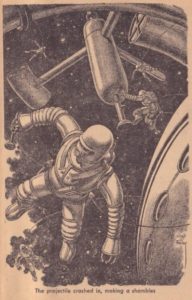

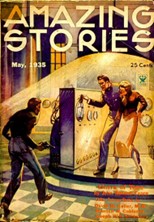
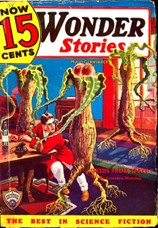
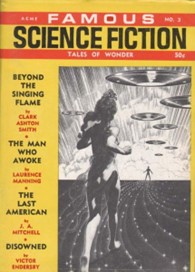

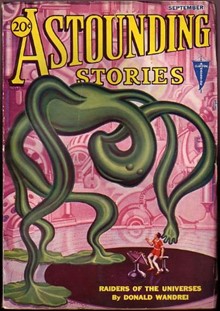

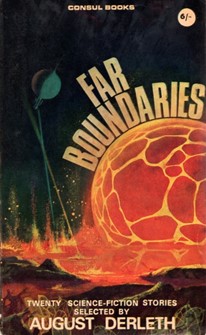

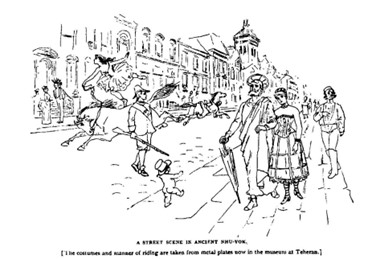

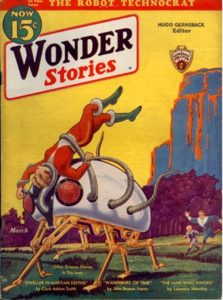
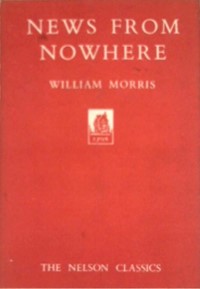
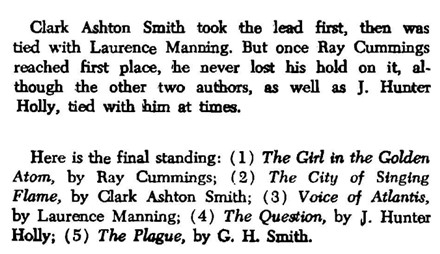

![[July 8, 1967] Family lines (August 1967 <i>Galaxy</i>)](https://galacticjourney.org/wp-content/uploads/2022/07/670710cover-672x372.jpg)












![[June 2, 1967] Uneasy Alliances (July 1967 <i>IF</i>)](https://galacticjourney.org/wp-content/uploads/2022/05/IF-Cover-1967-07-672x372.jpg)

 l.: Colonel Yakubu Gowon of Nigeria. r.: Colonel Odumegwu Ojukwu of Biafra.
l.: Colonel Yakubu Gowon of Nigeria. r.: Colonel Odumegwu Ojukwu of Biafra.  Joe Miller is the most fearsome warrior these vikings have ever seen. Art by Gaughan
Joe Miller is the most fearsome warrior these vikings have ever seen. Art by Gaughan![[May 12, 1967] There and Back Again (June 1967 <i>Galaxy</i>)](https://galacticjourney.org/wp-content/uploads/2022/05/670512cover-672x372.jpg)








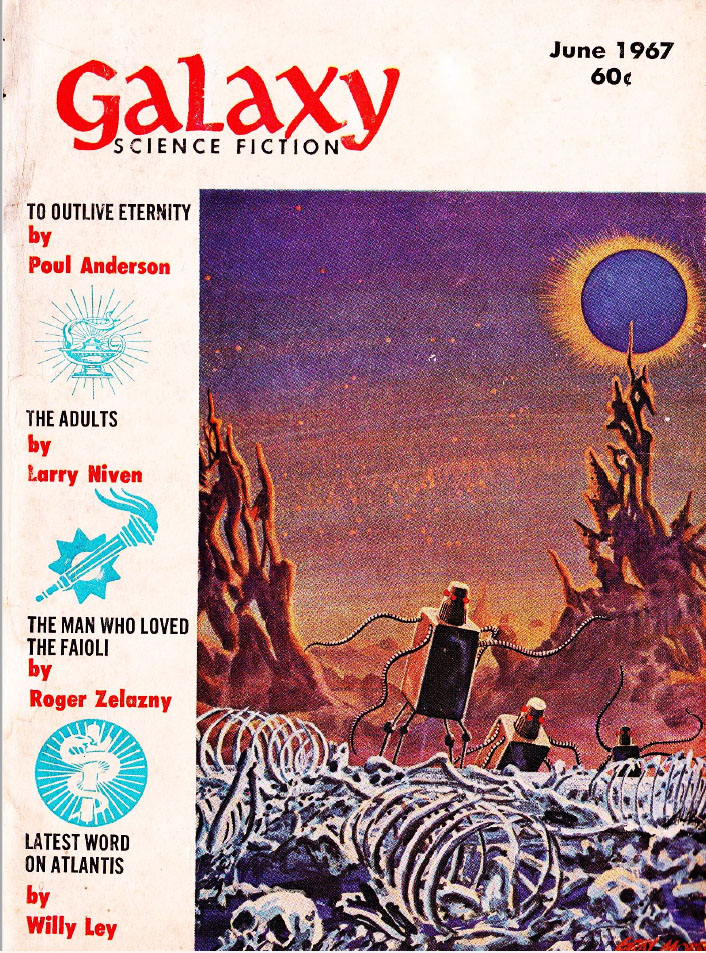

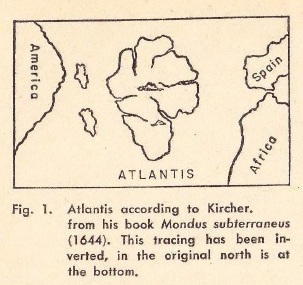


![[May 6, 1967] Stirred? Shaken? (June 1967 <i>Amazing</i>)](https://galacticjourney.org/wp-content/uploads/2022/05/amz-0667-cover-504x372.png)

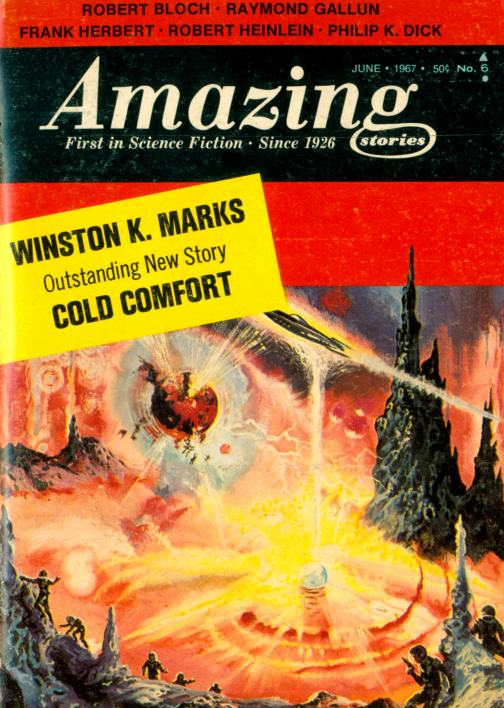

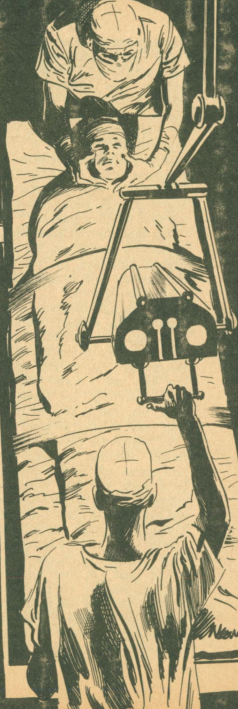
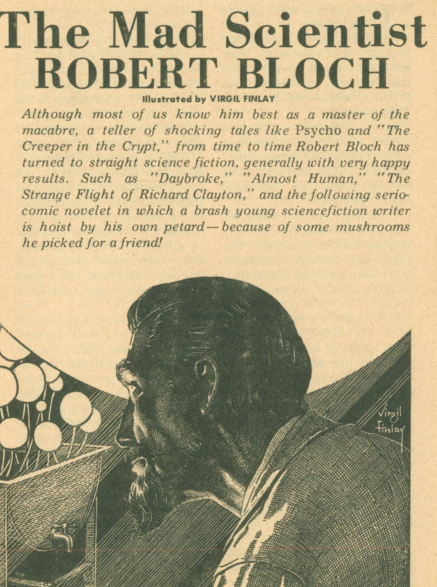
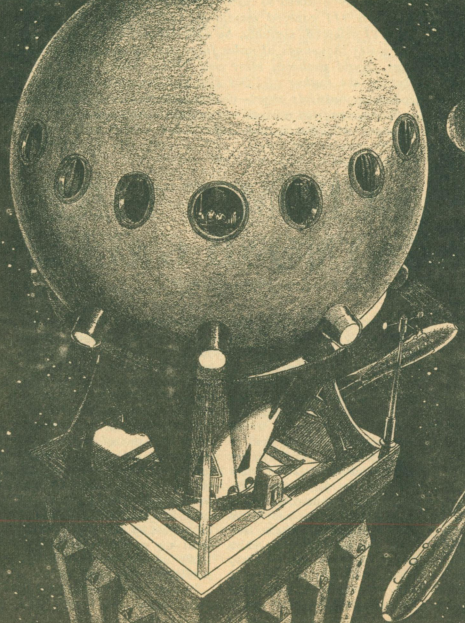

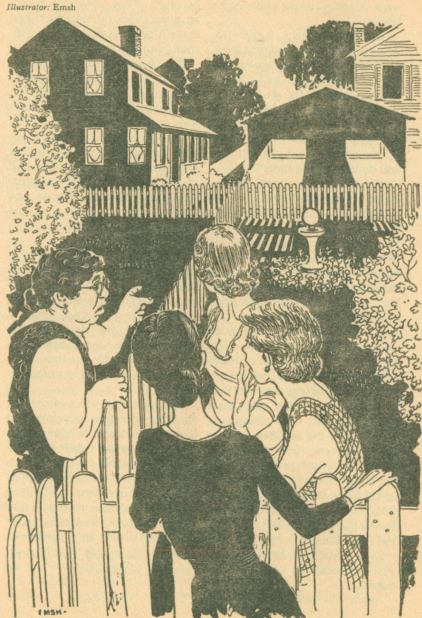
![[May 2, 1967] The Call of Duty (June 1967 <i>IF</i>)](https://galacticjourney.org/wp-content/uploads/2022/04/IF-Cover-1967-06-672x372.jpg)
 Muhammad Ali is escorted from the induction center in Houston, Texas.
Muhammad Ali is escorted from the induction center in Houston, Texas.  Uncle Martin and Tim (from My Favorite Martian) seem to have had a falling out. Actually, this is supposedly from Spaceman!
Uncle Martin and Tim (from My Favorite Martian) seem to have had a falling out. Actually, this is supposedly from Spaceman!![[April 16, 1967] The Generation Gap (May 1967 <i>Fantastic</i>)](https://galacticjourney.org/wp-content/uploads/2022/03/Fantastic_v16n05_1967-05_0000-2-672x372.jpg)



